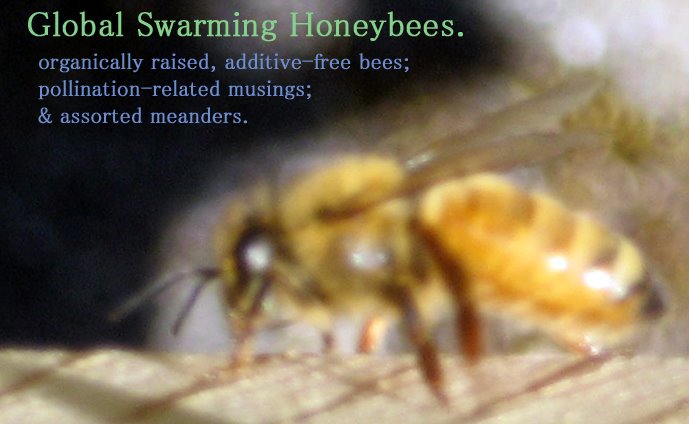 If you keep bees with a top bar hive, you're likely to wind up with plenty of nice comb that can be melted down for beeswax.
If you keep bees with a top bar hive, you're likely to wind up with plenty of nice comb that can be melted down for beeswax.
I created a highly makeshift solar wax melter last summer, but will need something a little larger and more sturdy this year, since it looks like I'll soon be processing a fair amount of comb from my dead hives (sigh).
Here's a good article on harvesting honey and beeswax from a top bar hive. In addition, the government of Queensland has been good enough to provide this overview on beekeeping, beeswax, and solar wax melters, with some good tips, warnings and tricks.
Here's a roundup of instructions for making a solar wax melter.
- The always informative Linda's Bees blog has a nice video and pictures of how she made her solar wax melter.
- Ron Bennett's solar wax melter Plans.
- Beesource's downloadable plans for building a solar wax melter.
- Paul's ingenious solar wax melter. (This is the one I used last year. Couldn't be simpler.)
- This page has many do-it-yourself plans. Scroll down the page to see the solar wax melter.




















